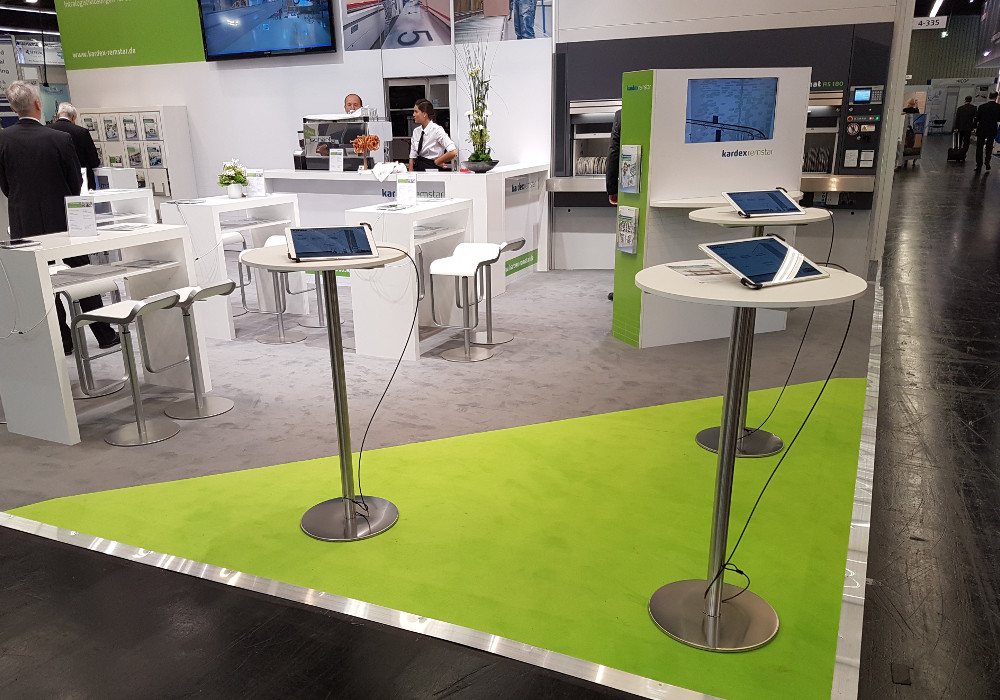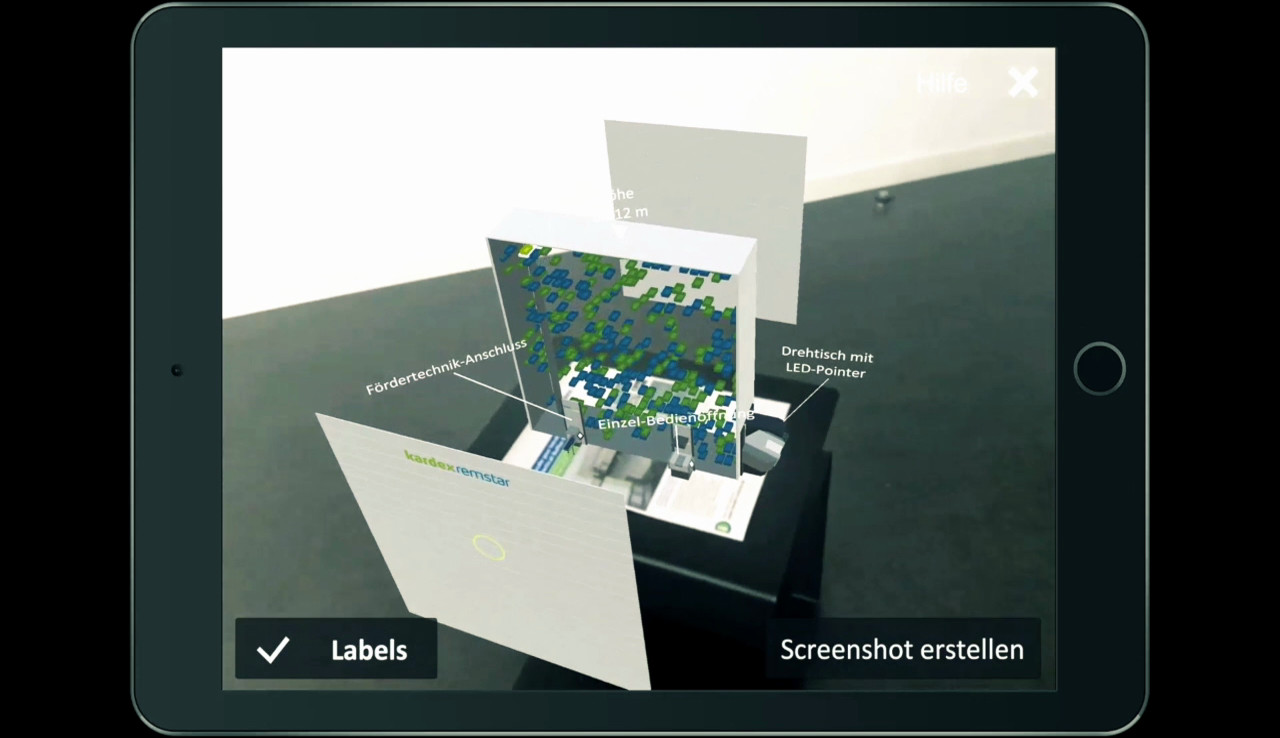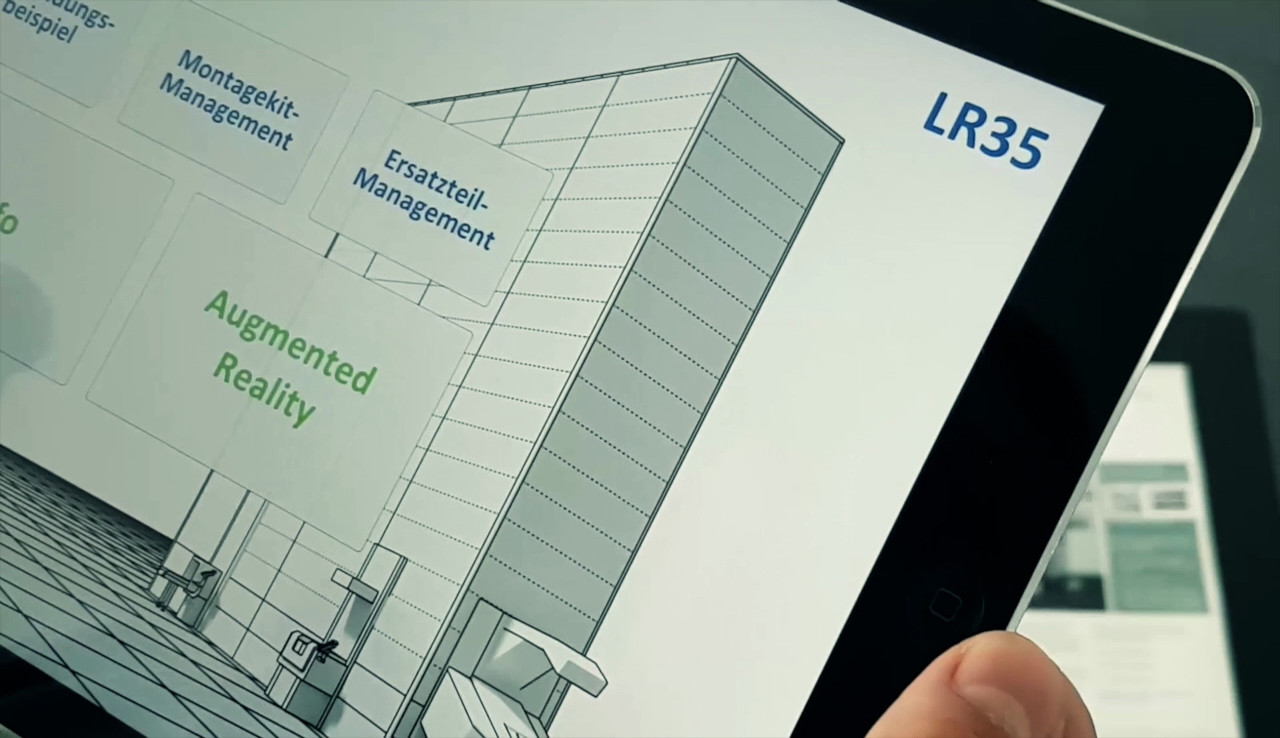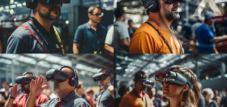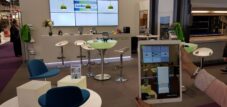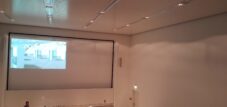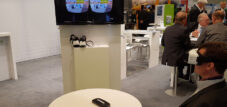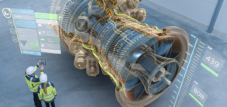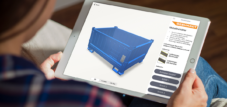Present more successfully at trade fairs with augmented reality
Language selection 📢
Published on: March 1, 2017 / update from: June 15, 2017 - Author: Konrad Wolfenstein
Trade fair exhibitors know the problem all too well: a huge rush of visitors, full aisles and a huge hustle and bustle. Gaining visitors' attention is one of the most difficult, but at the same time most important, goals of a trade fair appearance. This is not an easy undertaking, especially at large trade fairs that span several halls with hundreds of companies. Companies with the appropriate budget therefore like to invest in the largest possible exhibition stands that attract attention and reflect the company's financial potential. But there is another way and at lower costs: the presentation using augmented reality techniques .
The use of augmented reality is currently certainly one of the most promising options for a trade fair appearance, because with this technology exhibitors have an innovative tool to draw visitors' attention to the products and services on display. Instead of laboriously setting up the offering at the trade fair stand, AR technology gives exhibitors the opportunity to present their product range to visitors in an animated and interactive way in 3D. In addition to the space and cost savings, an advantage lies in the diverse design options with which the content can be accessed individually for each customer.
The presentation can take place either on the desktop or mobile tablet, or on the visitors' smartphones. Interested parties receive realistic insights into the offer that would not be possible with conventional methods. Because instead of just watching, participation and interaction generate a high level of attention. The result: the exhibitors stand out from the crowd, impress their visitors and thus stay in their memory for longer.
Space-efficient presentation at trade fairs
Many manufacturers offer products that are far too large to be displayed at a trade fair. With AR, however, it is possible to visualize entire machines or systems in detail, even on a small trade fair stand. Views, features and functionalities can be clearly presented to the customer and entire work processes can be demonstrated using 3D animations. It is also possible to make the outer shell of a machine disappear and take the visitor on a tour through the inner workings of the product in order to optimally demonstrate its advantages.
So that not only visitors benefit from their virtual journey, the AR animations can also be shown via live stream on larger screens to visitors positioned further away who might otherwise have walked past the stand. For the project to be successful, technical support is essential to ensure the smooth functioning of the systems on site. Nothing is more annoying and damaging to an exhibitor's image than presentation technology that doesn't work properly.
AR apps for even better performance at the trade fair
A separate app offers companies additional interaction options. Through finger gestures or movements of the playback device, the user is able to independently call up different animation scenarios and additional information. Advantage of this function: By controlling the process, the user experiences the content much more intensively than with a passive view, which is why they are more concerned with the product or process being presented.
An example of the successful integration of technology is Kardex Remstar , a manufacturer of automated storage systems that has been using augmented reality at trade fairs since 2016. For this purpose, Phaenom GmbH , a provider of innovative software solutions, has developed a method that brings interested parties closer to the logistics expert's range using a specially developed app. Kardex Remstar using various iPad tablets provided or using their own smartphone . All you have to do is scan an image template of the respective device, which creates the three-dimensional view on the display. The view of the machine can be rotated as desired and zoomed in on details at the touch of a finger. With a further tap on the housing, the system's cladding disappears, giving the viewer a detailed insight into the storage processes inside the device.
Updating & location independence
Compared to flyers and other printed products, the app has another decisive advantage: the ability to update the content. Where the brochure ends up in the trash every time something new is introduced, a quick update to the app is all it takes
these are supplemented with the new content. New solutions even allow permanent updates in the background, so that the user no longer even has to download an update. The modern app essentially becomes an eternal catalog that always presents the user with the manufacturer's latest offering.
An app also has the advantage that it gives interested parties access to the animated content regardless of location or occasion. For example, an app designed for a trade fair appearance can be made available to a wide range of users by uploading it to the app stores. In addition, the app with its AR content has a much more lasting effect on visitors than conventional trade fair flyers and brochures. Where these gather dust in drawers and much of the information gained is quickly forgotten by visitors, an individual AR app gives them the opportunity to take the experience of the trade fair home with them and show the technology to their colleagues. The fact that the app also reduces the consumption of flyers and brochures and thus saves costs and space is a welcome side effect of the technology that impresses trade fair visitors.
The advantages of augmented reality at a glance:
- Interactivity arouses the visitor's interest
- Better memory thanks to emotional appeal
- Innovative brand appearance
- Increasing company awareness
- Higher information content of the statements
- Savings on stand rental
- Archiving and updating content via app



